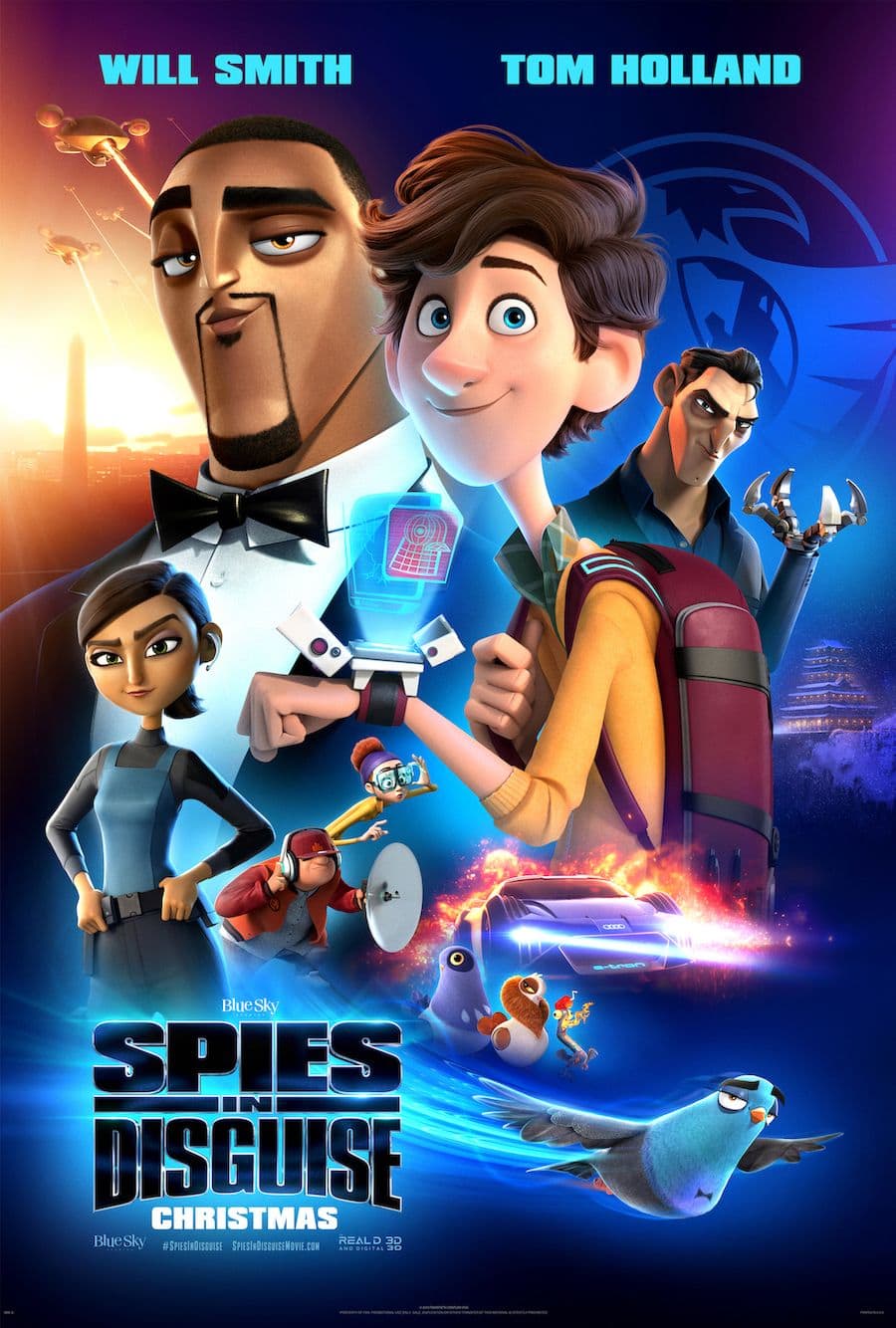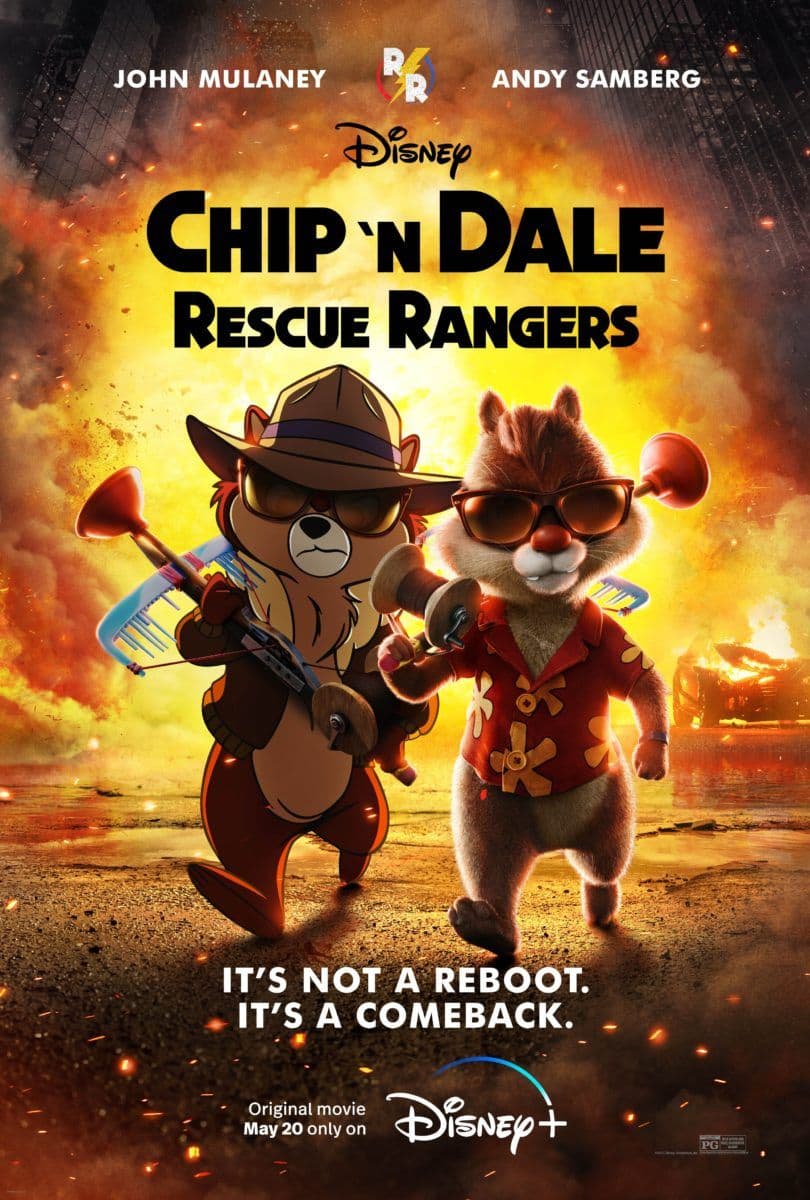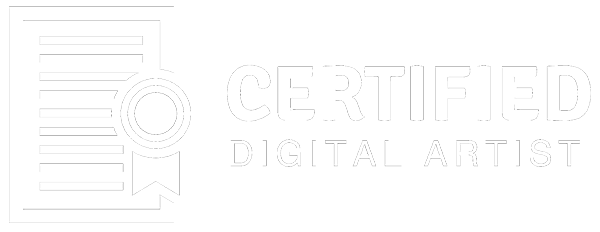Want a successful career working in VFX and Animation? Often overlooked, Previsualisation can be a challenging and rewarding role.
Nadya Sugiarto is a Ringling College of Art and Design alumna, making tracks in Visual Effects as a Previs Artist at MPC LA. She sits down with us to share her journey and advice to aspiring artists looking for an exciting start to a career like her own.
The Journey
What's your current role and what does it involve?
I’m currently working as a Previs Artist, which is short for Pre-Visualization. My job involves planning the camera and layout in pre-production as well as some character animation. We’re basically creating the blue-print of the film before production starts filming.
Where do you work, and what type of projects are they involved with?
I’m currently working for MPC LA. MPC has worked on various Hollywood films, such as Chip n’ Dale: Rescue Rangers, Nope, and Sonic The Hedgehog 2. I specifically work in the Visualization Department where we do Previs, Techvis, and Postvis.
When did you first realise you wanted to work in this industry?
It first clicked to me back when I was a sophomore student in high school. At first, I wanted to major in biotechnology, but later I realised that I wasn’t as passionate about it as I thought. I wasn’t excited enough to research the industry on my own free time.
On the contrary, the idea of working in animation was so exciting to me. I spent a lot of time reading articles and watching videos about the animation pipeline and filmmaking process. I didn’t think that it involved such a complicated process!
I also have always loved art and storytelling, so I thought that this career path would’ve been perfect for me.
How did you get your first big break?
I got my first job in the industry as a Technical Animator at Blue Sky Studios. It was during my junior year back in college. I was offered a 3-month contract job for that summer break and got the chance to work on Spies in Disguise. It was only for a short time, but I learned a lot!

After I graduated, I got my first role as a Previs Artist at MPC LA where I worked on Chip n’ Dale: Rescue Rangers as my first project there.
Describe the journey you took into your current role?
Back when I was in college, I wanted to be a Final Animator. I think a lot of people did. It was definitely a popular choice among the students along with Storyboarding, Visual Development, Modeling, and Lighting/Compositing. We barely heard about Previs at all.
I first got exposed to Previs when we worked on our thesis film. A Ringling College alumnus who worked at The Third Floor visited the school as a guest artist for our layout pass. He showed us what kind of work they did at TTF and I thought it was pretty cool. I kept that in mind as I kept aiming to be an Animator back then.
Later when I graduated, I kept my options open and applied for different positions, including Previs Artist roles. Eventually, I heard back from MPC, got interviewed, and accepted their offer. At that time, I still wasn’t sure if I wanted to stick with Previs, but after meeting my supervisors and peers, learning from them, and doing more previs, I realised that I love my job!
I think the Previs role is very crucial and sadly it’s a bit underrated especially among students. I wish we were exposed more to it back at school. It’s such a fun job to do!
Why did you choose to study at Ringling College?
I found out about Ringling College when I googled animation schools in the US. It was one of the top schools that I discovered.
When I researched Ringling College's student work, I thought it was amazing. I loved their stories and the films looked so well done
How does your education complement your work?
Back at school, we were trained as CG generalists. We learned everything in the pipeline, from Storyboarding, Visdev, Modeling, Rigging, Animation, Texturing, Lighting, and Compositing.

For our 2nd semester of junior year, we started to develop our thesis film, which we had to complete in order to graduate. Being exposed to this whole process has been really helpful to everything I do in Previs.
There are times where I have to do some prop modeling and rigging to help with certain shots. We also aim to make the shots look as pretty as we can, and having the knowledge to do lighting really helps with that.
Day in the life
Describe a typical day for you and your team?
I have been working from home since I graduated. The routines have differed from project to project, depending on the schedule. But, typically we start with a morning meeting to talk about our goal for the day or the week, get notes for the shots we submitted the day before, and then we spend the rest of the day working on our shots.
We communicate with each other through Teams and ask each other questions when we are unsure about certain things like continuity between shots. If we run into problems, everyone is always kind enough to help each other and figure things out!
What third-party and proprietary tools do you use on a daily basis?
We mainly use Autodesk Maya for animating, and After Effects, and Premiere Pro for editing.
What does your workflow look like?
It has been slightly different from project to project. There were times when we received storyboards and started from there. There were also times when we started from scripts, or just a loose description of ideas that the client wanted to try. We then try to visualise it and show a first pass to them.
From there, ideas grow and then we get to experiment more. After initial passes, as we keep doing revisions, we also keep polishing the shots, making them look as close to final as we can.
Which departments and key people do you work closely with?
We work closely with the Director, VFX Supervisor, Cinematographer, Storyboard Artist, and other department heads (depending on the show).
Are there any industry trends that are changing the nature of your role?
A lot of previs projects are utilising Unreal Engine more and more these days, so having an understanding of that software would help a lot.
One thing you’d never change about your job?
The fact that I get to do a little bit of everything. What I love about Previs is that I get to animate, do some lighting, and make the shots look pretty. It’s not as polished as final production, but I enjoy the process of visualising how the end product might look. And if the client likes it, the final film would look pretty close to what we did!
But one thing you wouldn’t mind seeing changed is?
I wish we would receive better credit in visualisation. There have been times where we didn't get credited at the film’s end credits and it can be pretty disappointing. No matter how small or big our role was, I think proper credit would mean a lot to the artists who have spent months of their life on that film.

Career Advice
Is formal education essential for someone aspiring to do your job?
These days, you can pretty much learn everything from the internet. There are lots of tutorials, webinars, and online classes that can provide you with the knowledge. However what formal education offers you is the structured curriculum and easier access to teachers, studios, alumni, and recruiters. As well as meeting your classmates face to face and learning from each other.
What tasks would you be typically asked to do as a junior artist?
As a junior artist, I started with simpler shots. Something that’s not as dynamic. From there, I started to get more challenging shots.
What skills would you look for if hiring an artist?
I’m not the best person to answer this, since I’m not in the position yet, but one of the questions that I’ve been asked in interviews was if I had camera experience. Was I responsible for the camera in my animation reel? How do I choose my lenses? How comfortable I am with doing revisions and how fast I am when tackling multiple shots....
Describe your attitude towards your job?
To always be flexible and fast. Previs is a process where everything is very malleable. Often times, script goes through changes, character changes, set/shooting location changes. Basically everything can change anytime. When that happens, we often have to redo our work from scratch. It can be discouraging sometimes, but when we see our work on the big screen, it makes everything worth it.
Where do you get your inspiration from and how do you implement it into your work?
I got my inspiration from watching movies, following photography accounts on Instagram, and looking at artbooks! I like looking at well composed pictures and analysing what makes them work nicely. And when I watch movies with complicated shots, I try to analyze how I would tackle that shot in terms of the technicality, like, what kind of constraints, what kind of cheats I could use (if it’s an animated film), etc.
What mistakes do you see artists making when applying for jobs?
Not moving the camera or even adding a simple keep-alive was one of the mistakes I made when I worked on my first layout pass for our thesis film. There were also instances when I forgot about the 180’ rules.
As for mistakes when applying for jobs, I was guilty of this as a shy introvert, but I didn’t follow up enough with recruiters because I was afraid that I would annoy them. Looking back, I think it’s important to follow up as long as you don’t go overboard with it. Just make sure you do it within healthy boundaries.
If you could go back in time to when you first started out, what advice would you give yourself?
Persistence and hard work is really important, but it’s also important to take a break and enjoy life! Remember that this is a marathon. When you have your well-deserved break, your work quality also improves and you get more fresh ideas from your life outside work!
Nadya Sugiarto is a Previs artist based in Los Angeles, California. She has a great passion for all types of animation and always strive to learn as much as she can in everything she does.



